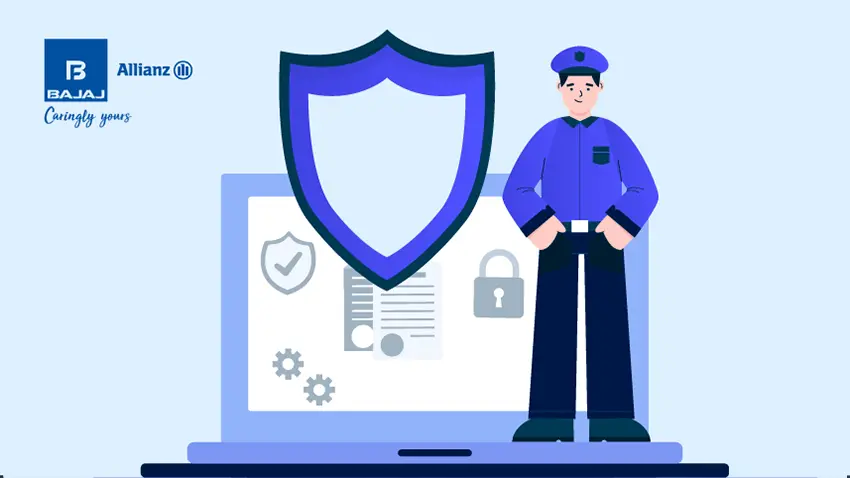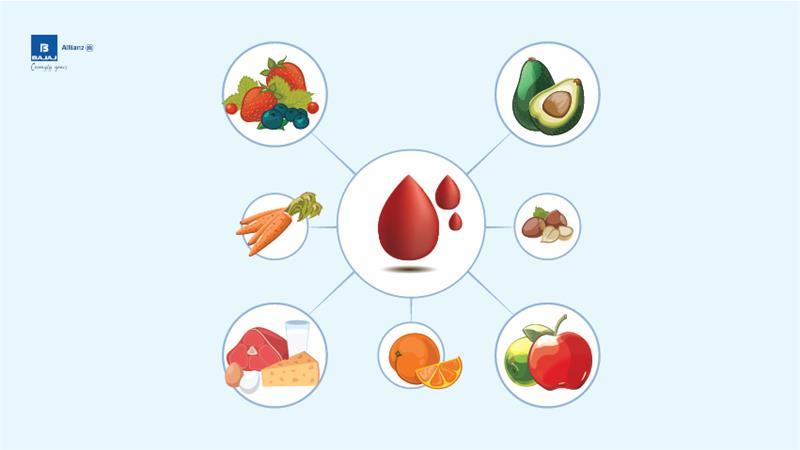What You Should Know About Ransomware

It is very rare for someone to live completely offline or have no digital footprint. You should also be familiar with any online threats, as well as how to defend yourself and deal with the consequences of such incidents. You should be aware of ransomware. Cyber insurance policies that offer adequate coverage are a great way to protect you from the financial consequences of these threats. What do you need know about ransomware, though? What are some of the most common tactics used by hackers? How can cyber insurance help you cope with the aftermath of ransomware attacks? Let’s examine the answers.
What Is Ransomware?
Understanding what ransomware or other methods of baiting you are is important to identifying such attacks. Once you are able to identify these threats, you can assess your level of risk and select the appropriate protection. Cyber insurance You can choose the best policy. Malware is usually the type of software used by the perpetrators to lock up your data, prevent you from accessing it, or threaten to release sensitive information. The attacker may ask the victim to pay a ransom or make a payment in return for the satisfaction of their demands. Ransomware attacks are not only a threat to large organisations and groups. Cyber attacks can affect individuals as well. Anyone who stores even a little bit of data online (such as bank account information, photos, documents or other valuable or personal information) should be aware and educated about these threats. Why cyber insurance is important For them.
Ransomware: Beware of
It is important to protect yourself from cybercrime and cyberattacks. Getting an insurance policy will help you cover the costs of these incidents. To do this, you need to be aware of the different types of online threats and know how to protect yourself. Here are some common ransomware risks you should be aware of.
Phishing Emails
Email is one of the easiest ways to fall victim to ransomware. Emails are not always taken seriously by many people. It is vital to know what you are downloading and opening when you receive emails. You may receive ransomware disguised as harmless files or links, such as videos, documents, or PDFs. You may download ransomware by clicking on the links. This could have serious consequences.
Adversary In The Middle (AitM).
The attacker poses as a trustworthy entity to obtain sensitive information from the victim, including passwords and other credentials. The attacker may pose as a trusted entity and use fake websites or apps that look legitimate to trick you into logging in. They then use the information to demand ransom. They may also use these credentials to gain access to your account and hold all your data against your will.
RaaS (Ransomware as a service)
Ransomware developers can offer this as a service or product to those who want to use it. It is easy for anyone to use ransomware against their target. This could increase the likelihood of ransomware attacks against unsuspecting people.
Drive by downloads
It may appear that downloading files and software from websites is a harmless practice performed by many people every day. There is a possibility that you could end up downloading ransomware onto your computer without realising it. This could lead to an assault where your data is stolen or you are asked for money. Cyberspace is always evolving, so the risks you face also increase every day. You should be aware of these ransomware risks, but there are many other ways fraudsters can fool you online. It is vital that anyone with an online presence stays informed about these risks and takes the necessary steps to protect themselves. You should also think about getting cyber insurance in order to have financial support in the event of a cyber attack, such as a ransomware. *





